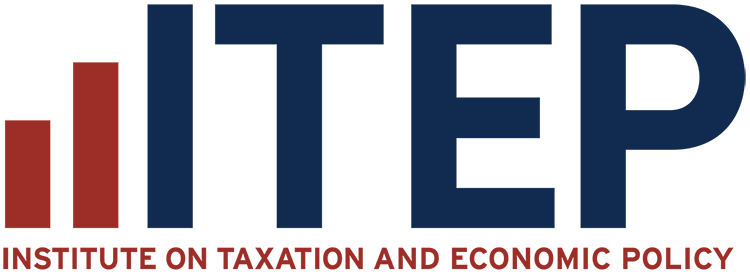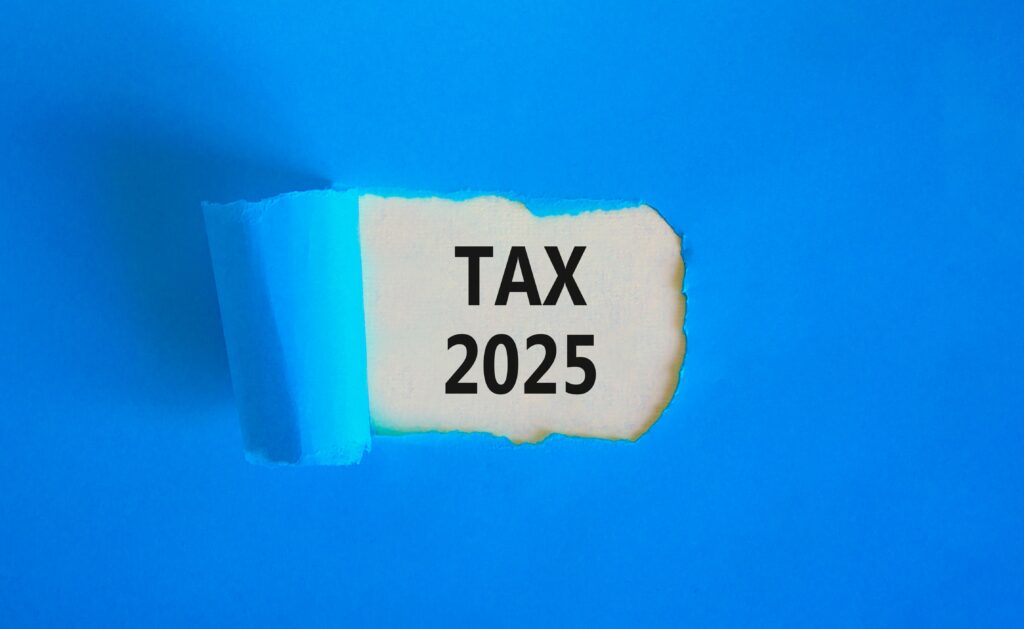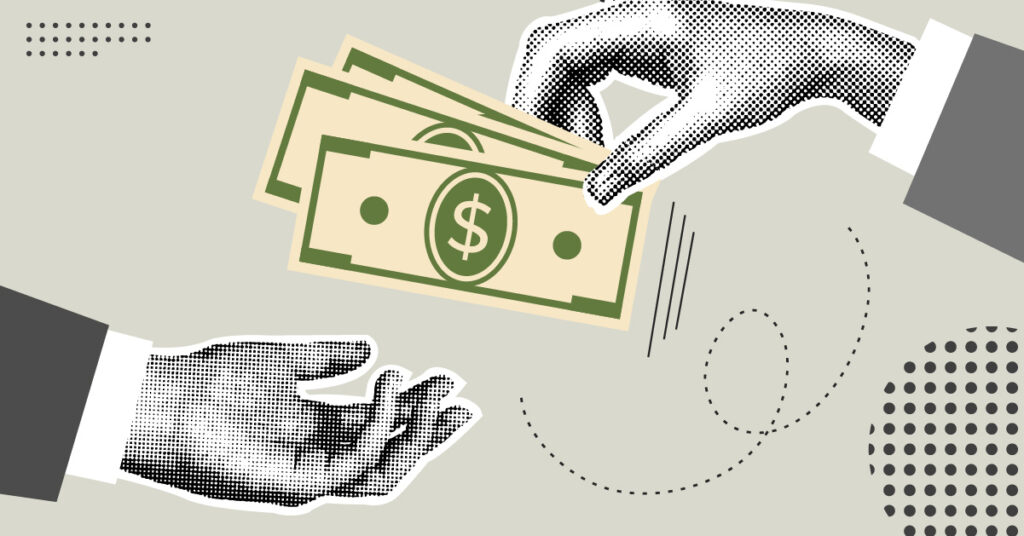Income inequality begins in the workplace. That’s the unsurprising but important finding of a new report from the AFL-CIO highlighting the stark gap between CEO pay and median employee salaries in the companies they run. The report finds for S&P 500 companies disclosing this information, the average CEO made 285 times more last year than their median employee. And this ratio is much higher for some high-profile companies: Starbucks’ CEO made 6,666 times more than the company’s median employee last year.
These huge executive pay packages matter because they’re a prime driver of income inequality, and growing inequality throws sand in the gears of social mobility.
The belief that anyone can get rich has long been central to the American ethos, and companies that routinely underpay rank-and-file workers relative to their executives are making the quintessential “American Dream” more like a pipe dream. As the Institute on Policy Studies (IPS) argues in its “Executive Excess” report, huge pay disparities can “lower employee morale and productivity and raise turnover rates,” decreasing the likelihood that rank and file employees will stick around long enough to realize meaningful salary growth.
The AFL-CIO report and the longstanding IPS reports simply could not exist if Congress hadn’t decided that shareholders have the right to know whether the firms they invest in are disproportionately rewarding their CEOs.
The Dodd-Frank law, enacted in 2010 in response to the corporate malfeasance that led to the Great Recession of 2008, included a provision that instructed the Securities and Exchange Commission (SEC) to write rules requiring publicly traded companies to publish a “CEO pay ratio”: the ratio of the CEO’s compensation to that of their company’s median employee. Those rules took effect for tax year 2017. Each year since, publicly traded companies have been required to publish this simple ratio, giving investors and the public important insight into whether specific corporations are disproportionately adding to our rampant income inequality.
But the new leadership of the SEC appears to be questioning this. In recent remarks the Trump-appointed SEC chair argued that “the reasonable investor struggles to understand” these executive compensation disclosures. But it’s hard to imagine a more basic distillation of Starbucks’ pay inequity than this simple ratio. While Starbucks CEO Brian Nicol’s $95.8 million compensation package is so large as to be almost meaningless to someone whose salary will never exceed five figures, the comparison to the median Starbucks wage of $14,674 grounds it nicely.
For investors seeking to evaluate the pay structure of the firms they’re investing in, pay-ratio disclosure is exactly the data point they need. But the tax system also affects executive pay—and legislative proposals could heighten that effect. Plans to increase the already-existing stock buyback tax would address CEO compensation at least indirectly, since stock compensation is generally a huge part of executive pay. The “Tax Executive CEO Pay Act,” introduced by Sen. Bernie Sanders, would impose a graduated surtax on the income of companies with especially high pay ratios.
Federal tax laws already provide an income tax penalty for companies that give their leaders lavish pay packages. While salaries and compensation are generally (and sensibly) a deductible business expense for corporations, a law in effect since the Clinton administration says that for certain high-ranking employees, compensation paid in excess of $1 million cannot be deducted on corporate tax forms. (Notably, this idea has bipartisan support. This provision was quietly strengthened as part of the 2017 Republican tax law, and made modestly more effective by last month’s new tax law as well.) This can mean an income tax penalty that companies are required to disclose when it represents a significant share of their income tax.
For example, Palantir Corporation took a $33 million tax hit in 2024 due to non-deductible executive pay. But by all indications, companies like Palantir are responding to the tax penalty not by paring back CEO pay packages, but by simply paying the tax penalty. This heightens the importance of the CEO pay ratio disclosures: if paying an extra $33 million for the privilege of lavishing excessive pay packages isn’t enough to deter the board of Palantir from doing so, maybe investor and public skepticism about the generosity of those pay packages will.
At a time when the Trump administration is engaged in a multi-pronged effort to cut education and attack information, the new SEC chair’s professed belief that publishing CEO pay ratios will just confuse investors is sadly on brand. But publicly traded corporations have been quietly reporting these data for close to a decade without incident, giving investor watchdog groups the tools they need to identify companies that are most contributing to economic inequality. In the end, it’s up to shareholders and corporate boards to determine what their leaders should be paid. Pulling the plug on this important corporate disclosure would make it harder, not easier, for current and potential investors to evaluate whether corporations are being well, or poorly, run.





